"How do I factory reset my Windows computer? I want to reset my computer because my hard drive is almost full, and whenever I open my PC, I get like 20 pop-ups."
- from reddit
After using Windows 10 or 11 for a period of time, your computer may start to run slowly, encounter system errors, or accumulate too many unnecessary files. In such cases, performing a factory reset can be a quick and effective solution. It restores the system to its original state, frees up space, resolves system issues, and helps protect your privacy when preparing to sell or give away your computer.
This article will provide a detailed guide on how to factory reset PC Windows 10/11.
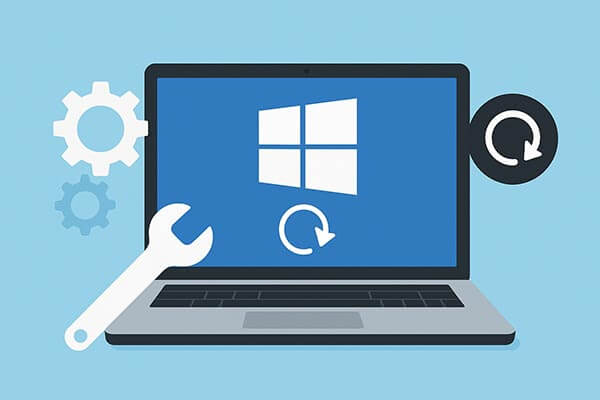
There are several reasons you might consider resetting your PC to its factory settings:
Keep in mind that a factory reset will erase all apps, settings, files, and user accounts. If you plan to keep using the computer, be sure to back up any important data before proceeding.
There are three safe and reliable ways to perform a factory reset on Windows 10/11. Below are detailed steps for both.
Windows comes with a built-in "Reset this PC" feature that allows you to quickly restore the system to its original state. This is the most straightforward and commonly used method, and it doesn't require any additional tools.
Step 1. Click the "Start" button and open "Settings".
Step 2. In the Settings window, go to "Update & Security".
Step 3. Select "Recovery" from the left-hand menu.
Step 4. Under "Reset this PC", click "Get started".
Step 5. Choose either "Keep my files" or "Remove everything" depending on your needs.
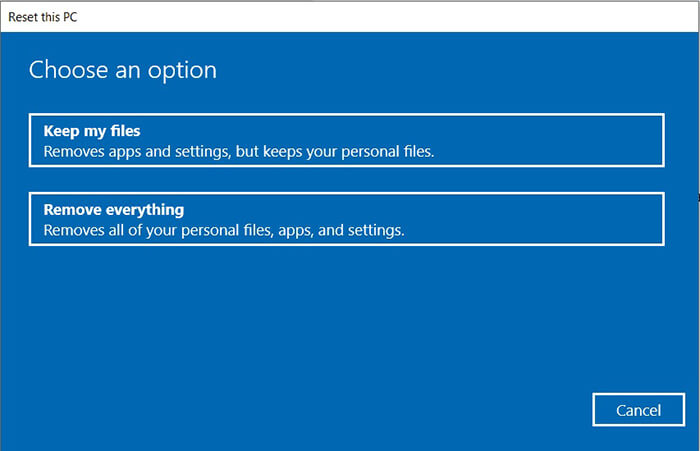
Step 6. Select a reinstallation method: "Cloud download" or "Local reinstall".
Step 7. Follow the on-screen prompts to complete the reset process.
Step 1. Click "Start" and open the "Settings" app.
Step 2. Go to "System" > "Recovery".
Step 3. Under Recovery options, click "Reset this PC".
Step 4. Choose either "Keep my files" or "Remove everything", based on your preference.
Step 5. Select a reinstallation method: "Cloud download" or "Local reinstall".
Step 6. Follow the on-screen instructions to complete the reset.
Once the reset is finished, your PC will restart. If you chose to keep your files or back them up beforehand, you can restore them after the process is complete.
You can also use Advanced Startup to factory reset PC Windows 10 or 11, particularly useful when Windows won't start properly.
How do I completely factory reset my PC? Follow the steps below:
Step 1. When starting your computer, press "F11" repeatedly or hold "Shift" while clicking "Restart" to enter the "Advanced Startup" menu.
Step 2. In the recovery menu, select "Troubleshoot", and then click "Reset this PC".
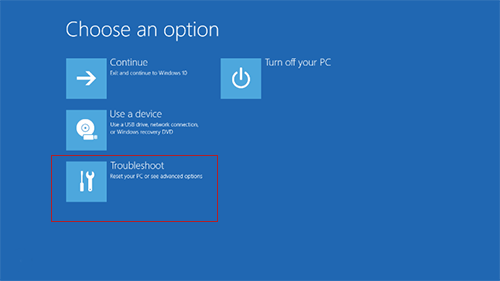
Step 3. Choose either "Keep my files" or "Remove everything", depending on your needs.
Step 4. Select the reinstallation method: "Cloud download" or "Local reinstall".
Step 5. Follow the on-screen instructions to complete the reset.
Your PC will restart and begin the reset process. Once it's done, Windows will be reinstalled and ready to set up again.
If you're selling or donating your PC, you need a permanent and unrecoverable wipe. Windows' built-in reset doesn't fully erase all traces of your data, but Coolmuster Data Erasure does. It meets international data erasure standards like DoD 5220.22-M, ensuring 100% privacy protection.
Key features of Coolmuster Data Erasure:
How to wipe a Windows 10/11 computer before selling? Here are the steps:
01Download and install Coolmuster Data Erasure on your Windows 10 or 11 computer, launch the program, and go to the "Drive Wiper" tab.
02Next, choose an erasure level. For example, select "Deep Erase" if you want the data to be overwritten three times for maximum security. Then, select the hard drive you wish to factory reset.
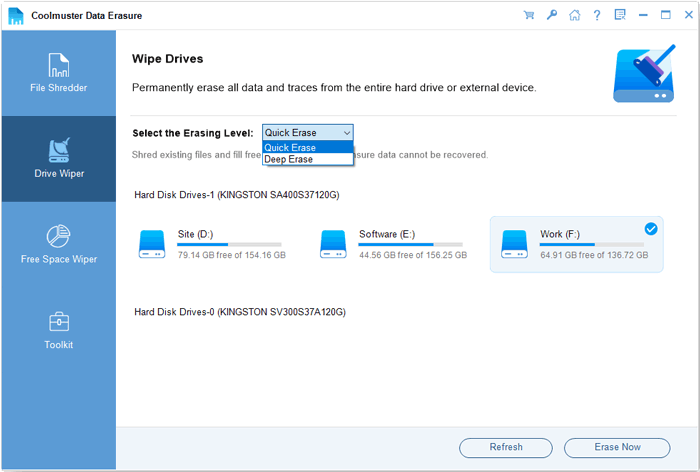
03Click "Erase Now", confirm by clicking "OK", and the software will begin permanently wiping all data from the drive. Once the process is complete, the factory reset will be finished.
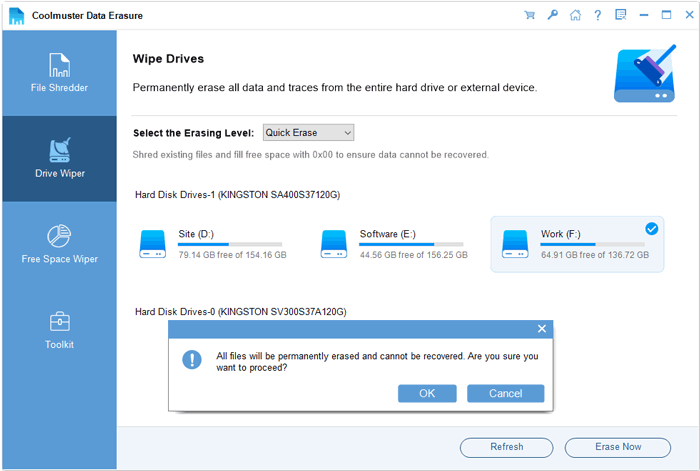
Video Tutorial:
Q1. Does a factory reset delete everything in Windows 10 or 11?
A factory reset in Windows 10 or 11 can remove everything from your PC, but it depends on the option you select during the process. Choosing "Remove everything" will erase all files, apps, settings, and accounts. If you prefer to keep your personal files, select "Keep my files", which will remove only apps, settings, and user accounts.
Q2. Does a factory reset remove viruses?
A factory reset is intended to wipe all data from your computer, eliminating viruses along with everything else. This process restores your device to its original settings as it was when first purchased.
Q3. What is the difference between a factory reset and a hard reset?
Many people choose a hard reset to force their device to restart when facing issues. In contrast, a factory reset is much more thorough—it erases everything on the device and restores it to the original "factory" settings it had when first purchased.
Performing a factory reset on Windows 10 or 11 is a simple yet powerful way to fix issues, remove clutter, and protect your privacy. However, remember that the built-in reset only deletes data; it doesn't permanently erase it.
If you want complete, unrecoverable data removal, the safest choice is Coolmuster Data Erasure. It ensures that your personal files, browsing history, and system traces are wiped forever, ideal when selling or recycling your computer.
Related Articles:
How to Delete All Data from HP Laptop? Solved in 3 Safe Ways
[Solved] How to Factory Reset Windows XP with or without a CD?
Reset Toshiba External Hard Drive: Step-by-Step Guide for Beginners
Step-by-Step Guide to Delete Everything But OS on Windows & Mac





